May Sales In Japan Drop 37.8 Percent - Foreigners Save The Day

Sales of new cars, trucks and buses in Japan dropped 37.8 percent from a year earlier in May, data released by the Japan Automobile Dealers Association show. It could have been worse.
Sales totaled 142,154 vehicles in May, falling for the eighth consecutive month. Market observers had expected a steeper fall. After the March 11 earthquake, production in Japan had stopped pretty much until Mid April and resumed very cautiously at a low level. These numbers do not include mini vehicles, which are kept by another association. Combined with mini vehicles, new vehicles sales in Japan dropped 33.4 percent to a total of 237,364 vehicles, Reuters writes.
May ’11May ’10ChangeDaihatsu107495-78.4%Hino1,0781,878-42.6%Honda21,29432,524-34.5%Isuzu1,6483,066-46.2%Lexus1,7891,889-5.3%Mazda8,51013,539-37.1%Mitsubishi4,0594,266-4.9%Mitsubishi Fuso8941,573-43.2%Nissan28,03733,406-16.1%Subaru5,6224,77517.7%Suzuki5,4344,26727.3%Toyota48,733112,174-56.6%UD Trucks323769-58.0%Other14,62613,8935.3%Total142,154228,514-37.8%Three factors appear to be in play here:
- Japanese production slowly sputtered back to life in May.
- The pull-forward effect of last year’s subsidies is slowly being digested.
- Some of the shortfall was compensated by higher imports.
Sales of imported cars rose 31 percent. Without the help of imports, the numbers would have been uglier. Made-in-Japan cars alone recorded a drop of 42.5 percent. Imports held a (for Japan) humongous share of 13.5 percent in May.
In June, the numbers will most likely improve. The Japanese car industry recovers faster than thought. Today, Toyota spokesman Paul Nolasco confirmed to TTAC that the company will be at 90 percent capacity in June in Japan. Overseas, the situation remains unchanged.

Bertel Schmitt comes back to journalism after taking a 35 year break in advertising and marketing. He ran and owned advertising agencies in Duesseldorf, Germany, and New York City. Volkswagen A.G. was Bertel's most important corporate account. Schmitt's advertising and marketing career touched many corners of the industry with a special focus on automotive products and services. Since 2004, he lives in Japan and China with his wife <a href="http://www.tomokoandbertel.com"> Tomoko </a>. Bertel Schmitt is a founding board member of the <a href="http://www.offshoresuperseries.com"> Offshore Super Series </a>, an American offshore powerboat racing organization. He is co-owner of the racing team Typhoon.
More by Bertel Schmitt
Latest Car Reviews
Read moreLatest Product Reviews
Read moreRecent Comments
- Carguy949 You point out that Rivian and Tesla lack hybrids to “bring home the bacon”, but I would clarify that Tesla currently makes a profit while Rivian doesn’t.
- Cprescott I'm sure this won't matter to the millions of deceived Honduh owners who think the company that once prided itself on quality has somehow slipped in the real world. Same for Toyoduhs. Resting on our Laurel's - Oh, what a feeling!
- Jrhurren I had this happen numerous times with my former Accord. It usually occurred when on a slow right curve in the road. Somehow the system would get confused and think the opposite lane (oncoming traffic) was an impending head-on collision.
- Cprescott The Ford Shamaro is ugly, thick bodied, and a Mustang pretender.
- Analoggrotto Speaking of mud, does anyone here enjoy naked mud wrestling?

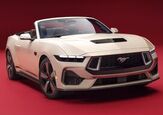

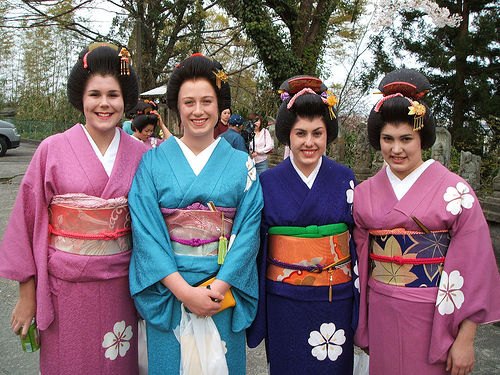





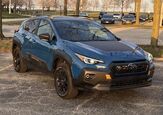








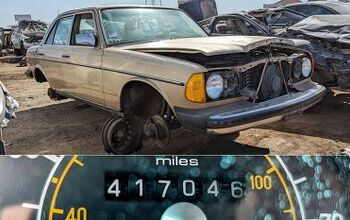
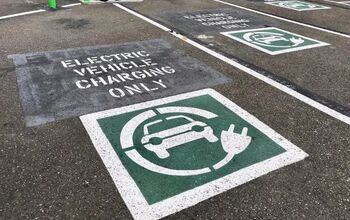


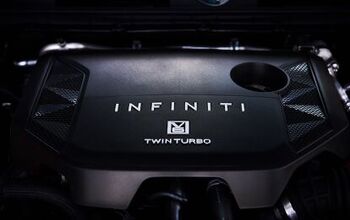



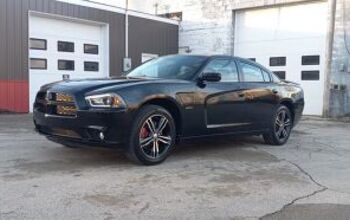



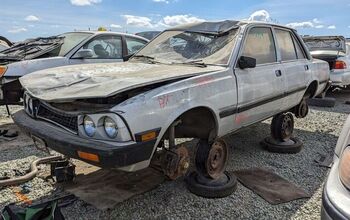

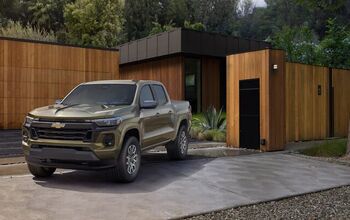
Comments
Join the conversation
I wonder if boat sales may have compensated for fewer wheeled vehicle sales?
How many dudes are in the foreground of that picture?